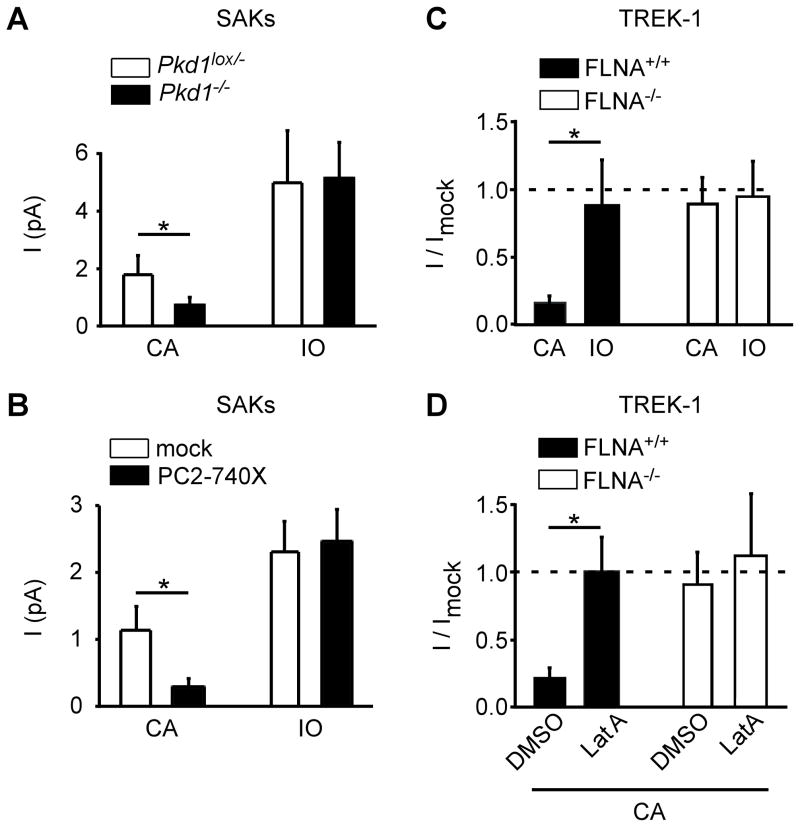Figure 5. Role of the actin cystoskeleton in the regulation of SAKs/TREK-1 mechano-gating by polycystins.
A) SAK activity elicited by membrane stretch (−80 mm Hg) in the cell-attached (CA) patch configuration is significantly reduced in the Pkd1−/− (n = 20) as compared to the Pkd1lox/− PCT cells (n = 21). SAK activity induced by stretch in the Pkd1−/− cells is rescued following patch excision in the inside-out (IO) patch configuration. B) SAK activity elicited by membrane stretch (−60 mm Hg) in the cell-attached patch configuration is significantly reduced by PC2-740X expression (black bars; n= 12),as compared to mock-transfectedPCT cells (white bars; n = 15). SAK activity induced by stretch in the PC2-740X expressing cellsis rescued following patch excision in the inside-out patch configuration. C) SAK activity in A7 cells (FLNA+/+) is strongly reduced by PC2-740X expression (black bars; n = 21), as compared to the mock condition (n = 21). Patch excision in the inside out configuration rescues channel activity (black bar; n = 17). When transfected in M2 cells (FLNA−/−), PC2-740X fails to affect TREK-1 channel activity elicited by stretch in both the cell attached (white bar; n = 44) and the inside out (white bar; n = 15) patch configurations. Pressure stimulation was −60 mm Hg. D) Latrunculin A treatment (3 μM) reverses TREK-1 inhibition by PC2-740X expression in FLNA+/+ cells in the cell-attached patch configuration (black bars; n = 33), as compared to mock condition (n= 17). In FLNA−/− cells, no inhibition by PC2-740X is seen and latrunculin A fails to affect channel activity (white bars; n = 21 and n = 13). Pressure stimulation was −60 mm Hg. Data represent mean ± standard error of the mean.

